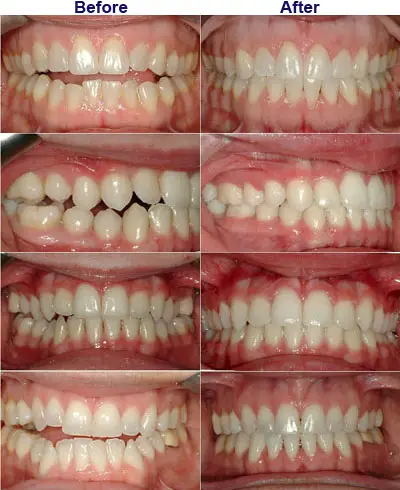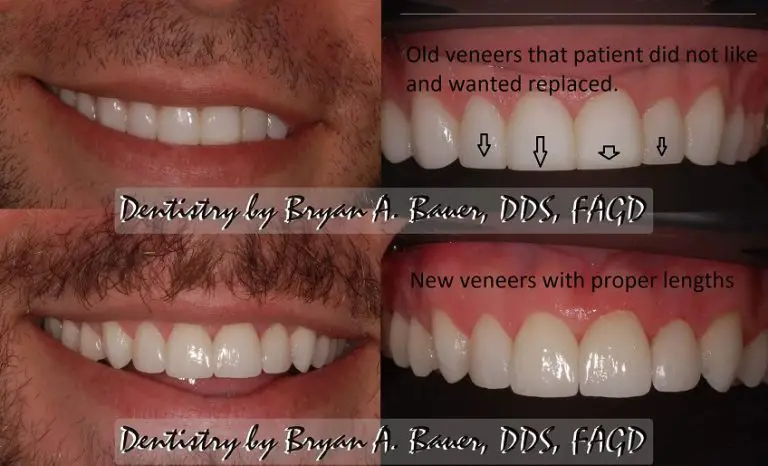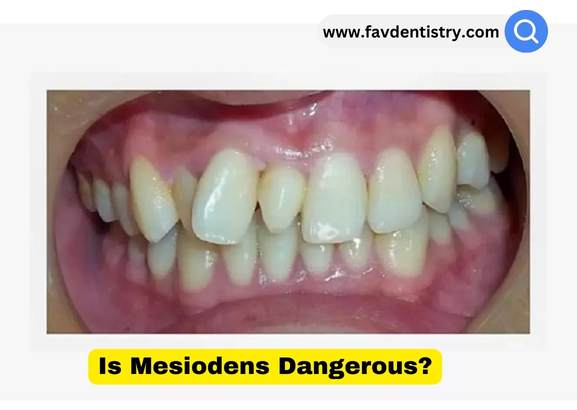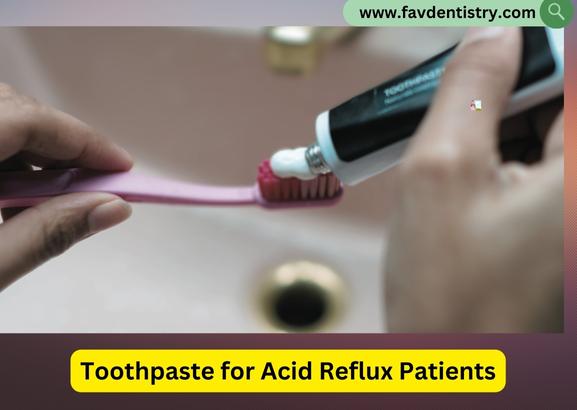Last Updated on 3 weeks by DR. ALBIN SIPES
Hyperdontia symptoms may include crowded or misaligned teeth, extra teeth, delays in the eruption of permanent teeth, and potential issues with chewing or speaking. The condition can also lead to aesthetic concerns and dental complications.
Hyperdontia, a rare condition characterized by the presence of supernumerary teeth, can manifest with various symptoms. These symptoms could be overcrowding of the teeth, misalignment, delays in permanent teeth eruption, and potential issues with eating and speaking. Additionally, individuals with hyperdontia may experience aesthetic concerns and dental complications.
Understanding the symptoms of hyperdontia is crucial for timely diagnosis and appropriate dental management. We will delve deeper into the symptoms, causes, and potential treatments for hyperdontia.
Grasping The Condition
|
Hyperdontia, a condition characterized by the presence of supernumerary teeth, can lead to dental complications if left untreated. The additional teeth may emerge in various locations, including the maxillary and mandibular regions. Hyperdontia is relatively rare, affecting approximately 1-4% of the population. It is more commonly observed in permanent dentition than primary dentition. The condition may occur as an isolated phenomenon or in association with other genetic syndromes. Therefore, early detection and intervention are crucial for managing hyperdontia and preventing potential complications. |
Identifying The Early Signs
Hyperdontia symptoms can be identified through various early signs. Teeth overcrowding is a common indication, where there are more teeth than the normal amount in the dental arch. This can lead to misalignment and difficulty in chewing. Delayed eruption of adult teeth is another symptom to watch for, as it can indicate the presence of extra teeth in the mouth. Unusual dental pain or discomfort should not be ignored, as it could be a signal of hyperdontia. Seeking regular dental check-ups and consulting a professional is crucial for early detection and appropriate treatment of hyperdontia.
Visible Clues Of Hyperdontia
Hyperdontia symptoms can be detected through various visible clues. One of the primary indicators is the presence of extra tooth or teeth. This anomaly often leads to asymmetrical tooth alignment, which can be considered as another visible symptom. Additionally, impacted teeth can also provide crucial insights into the presence of hyperdontia. In such cases, the visibility of these impacted teeth can serve as a significant indicator. Seeking timely professional evaluation is crucial to address hyperdontia and its associated symptoms.
Unseen Issues
Hyperdontia, or the presence of extra teeth in the mouth, often goes unnoticed due to its hidden nature. Detecting the condition typically involves the use of dental x-rays, which can reveal any additional teeth that may not be visible through a regular oral examination. In some cases, the presence of extra teeth may be identified through palpation, where the dentist physically feels for any additional teeth that may be present in the mouth. It’s important to be vigilant about monitoring for hyperdontia, as the condition can lead to various dental issues if left undetected and untreated. If you suspect you or a loved one may have hyperdontia, it’s crucial to seek professional dental evaluation and care to address any potential complications that may arise.
Functional Challenges
Hyperdontia symptoms can lead to functional challenges, affecting speech and chewing. The condition may cause the overcrowding of teeth, leading to pain and discomfort. Seeking professional dental care is essential for managing hyperdontia symptoms and achieving proper oral function.
| Functional Challenges |
| Biting irregularities |
| Individuals with hyperdontia may experience irregularities in their biting pattern. The presence of extra teeth can disrupt the natural alignment of the teeth, leading to misaligned bites. This can result in discomfort and difficulty in effectively biting into food, affecting overall eating experience. Chewing difficulties can also arise due to the crowded nature of the teeth, making it challenging to properly masticate food. As a result, individuals may experience difficulties in breaking down food into smaller digestible pieces, leading to potential digestive issues. |
Aesthetic Concerns
When it comes to hyperdontia symptoms, aesthetic concerns are a common issue. The appearance of the smile can be impacted by the presence of extra teeth, leading to self-esteem effects. Individuals with hyperdontia may feel self-conscious about their smile, which can affect their confidence and social interactions.
Dental Health Complications
Hyperdontia symptoms can lead to increased risk of tooth decay due to overcrowding or misalignment of teeth. The extra teeth may create inaccessible areas, making it difficult to maintain proper oral hygiene, consequently increasing the chances of decay. Additionally, individuals with hyperdontia may be more susceptible to gum disease due to the challenges in cleaning the excess teeth. The presence of extra teeth can lead to overcrowding, causing issues with gum tissue and potentially increasing the risk of periodontal problems.
Conclusion
Recognizing hyperdontia symptoms is crucial for timely diagnosis and treatment. Seeking professional advice and regular dental check-ups can help manage this condition effectively. Understanding the potential symptoms and being proactive in seeking dental care can minimize the impact of hyperdontia on oral health.
Stay informed and prioritize oral hygiene for a healthy smile.





